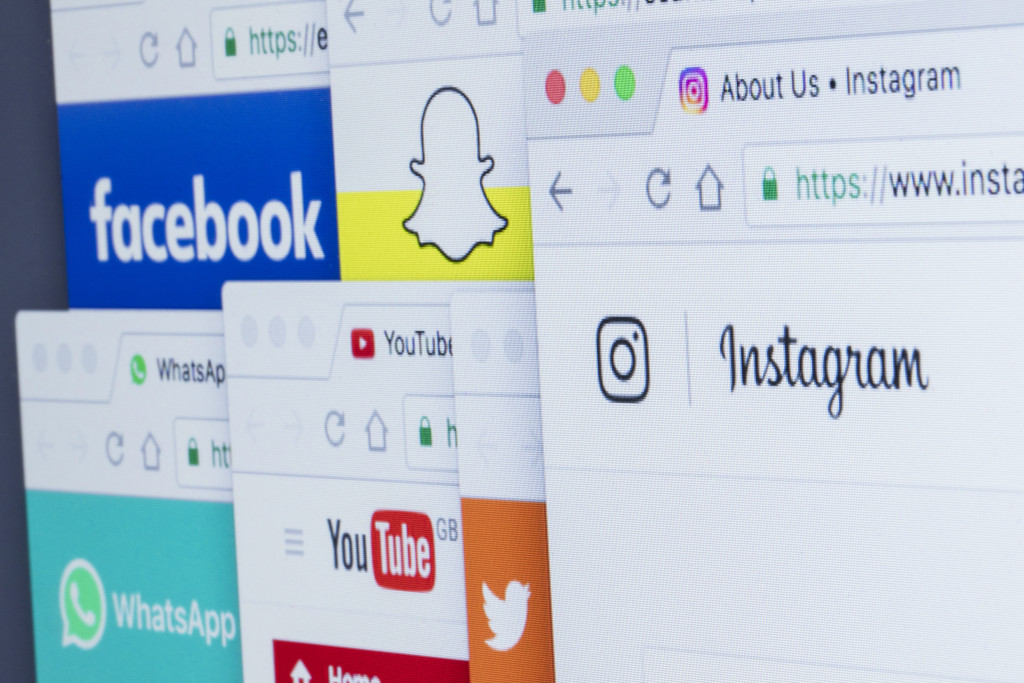Digital marketing was already here before 2020. When the pandemic struck, consumers started doing their purchases on the Internet from the safety of home. Businesses had to quickly move online to survive and those who already had an online presence had to step up their game. Research from the United Nations Conference on Trade and Development (UNCTAD) shows that U.S. online retail sales increased to $791.7 billion in 2020 from $598 billion in the previous year. The global share of online retail increased to 19 percent in 2020 from 16 percent the year before.
Things swiftly developed that year. In a snap, consumers became more digital-savvy than ever. Forbes reports that in the second quarter of 2020 the number of app downloads increased by 31.7 percent compared to the second quarter of 2019. Consumers also became pickier among the options presented online. Various platforms experienced a considerable decrease in click-through rates (CTRs). In Google search ads, CTR in the first quarter of 2020 was lower by 41 percent compared to the first quarter of 2019.
The Challenge to Digital Marketing
In less than a year, this scenario created cut-throat competition in digital marketing. With so much content available online, digital marketers must learn how to stand out to their more discerning target market.
Advancements in digital technology are available and already in use by the competition. It is now a basic requirement to tap all these to boost functionality. Consumers now expect websites to load fast, be interactive and stable, and have easy navigation. They expect websites to have versions that are mobile-friendly because they use the Internet most often outside work on their mobile phones. It is a basic requirement for websites to provide secure usage. They expect immediate responses to their queries through artificial intelligence (AI) chatbots 24-hours a day, seven days a week. They prefer smart websites that automatically sense their needs based on their behavior and present a customized experience, anticipating their preferences.
To rise above the competition, the crucial factor now is how a company can use these technologies beyond function. Design and content are the human elements that must combine with the high-level functionality of advanced digital technologies to create unique digital marketing campaigns.
Professional design is crucial for the company website, with the proper branding and messaging that represents the company and attracts its target market. Digital marketing campaigns on various platforms must reflect the same design and message.
Social Media as the Main Playing Field

According to the Consumer Trends Report for Q1 2021 of JungleScout, 54 percent of respondents purchased items they first found on social media. When searching for products to buy, respondents use several social media platforms, with 31 percent going to Facebook, 29 percent going to YouTube, 21 percent going to Instagram, 10 percent going to TikTok, and six percent using other media platforms.
Digital marketers must learn the nuances of each social media platform and the major audiences present in each one. This way, they can design a digital marketing campaign on a specific platform to attract the attention of the target market.
What to Post
Video posts are now popular across platforms. Some are authentic slice-of-life clips showing social media influencers using the product or service in real life. Some are super-short films that engage viewers through drama or humor. Some use animation in promotional video production to present information in an attractive and easily digestible manner. Animated infographics are also more engaging.
Other posts that are popular with online audiences are announcements of discounts and promotional offers, screenshots of customer-generated reviews, memes, artistic images related to the brand, and positive news about the brand. Content and design must elicit emotions such as excitement, inspiration, or laughter.
Social media users also love to participate when called on to reply to prompts, questions, or polls, or to post their lifestyle images. It is important for a company to engage with people on social media and not just post ads. Generating content from users makes an account more organic and feel genuine. Sometimes you can even get lucky and have a user-generated post that becomes viral.
The main purpose of digital marketing on social media is to drive visitors to the website. Nowadays, people want things done right away, so they must be able to click on a post to immediately purchase a product. A post must have a link to a page on the website where they can learn more about the product, but it must also provide a direct link to a page where they can buy and pay for it in one go.
Integrating Content and Design with Technology
A company’s digital marketers must keep up with the latest in digital technology and use these in campaigns. Today’s consumers have higher and higher benchmarks in what they expect in terms of digital functionality.
Digital technology is just the mode of delivery of a digital marketing campaign, though. The campaign itself revolves around content and material that is aesthetically designed and packaged. To be able to successfully achieve its goals, a digital marketing campaign must ensure synergy of content, design, and advanced technological tools.